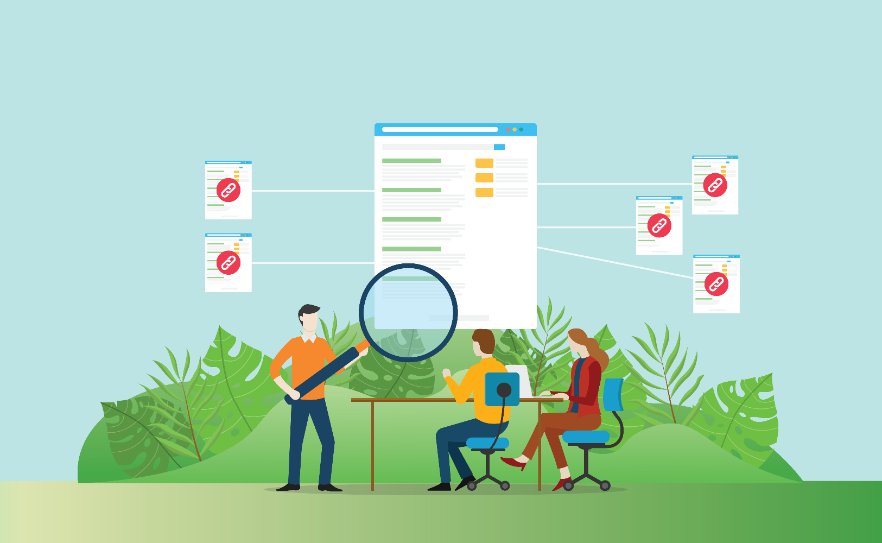Internal linking is a powerful tool that can help your website rank higher in search engines.
By adding links to other pages on your website, you are helping Google and other search engines understand the structure of your site and determine which pages are the most important.
In order to be successful in your SEO strategy, interlinking is one of the first (and easiest) methods to get a hold of. But first, you’ll need to understand the basics.
The difference between internal and external links
Internal links are hyperlinks that connect one page to another on the same domain.
External links, on the other hand, are hyperlinks that connect one website to a different one. So, if you were to link to another website from your own, that would be considered an external link.
Why use internal linking?
There are several reasons why you should be using internal links on your website. For one, it helps search engines understand the structure of your website and find new pages.
It also allows you to control the flow of page rank within your website. By linking to other pages on your site, you can distribute page rank evenly and help all your pages rank higher in search engines.
Finally, internal linking can also help reduce your bounce rate. If a user clicks on a link and immediately leaves your site, that is considered a bounce, and reflects negatively on your site. By giving users the opportunity to click on other links, you are keeping them engaged with your site and reducing the chance that they will bounce.
Creating an internal link strategy
Now that we’ve gone over the reasons why you should be using internal linking, let’s talk about how to actually do it.
1. Decide on your ideal site structure
The first step in setting up your internal linking strategy is to decide on your ideal site structure.
Picture your menu like a pyramid: Your homepage should be at the top, and below that are categories or sections, then individual pages and posts at the base. Ideally, this is how your site should be structured.
2. Determine your most important content
The next thing you’ll need to do is identify the pages on your website that you want to link to.
Once you have a list of pages, you can start adding links to them in your content. You can do this by either adding a hyperlink directly in your text, or by adding a button that links to the page.
Make sure you are strategic about where you place your links. You don’t want to add too many, as that will make your content seem spammy. But you also don’t want to add so few that users can’t find them. A good rule of thumb is to add one or two links per page.
3. Add navigational links
Once you’ve decided on your ideal site structure and figured out which content is most important, you can start adding navigational links.
You can do this by linking to your cornerstone content from the top navigation or homepage. This should be done using the pages and posts that you value most, as it will make them stronger and more valuable in Google’s eyes.
4. Link recent or popular posts, taxonomies, and similar topics
Another way to add internal links is to link to recent, similar, or popular posts. This is a great way to keep users engaged with your site and encourage them to explore more of your content.
To do this, you can add a widget to your blog that displays the most recent or popular posts. You can also add a link to these posts in your blog’s sidebar.
Make sure to add links to these posts in a way that is easy for users to find. Otherwise, they may not click on them.
You can also add internal links to your taxonomies, which are the ways that you organize your content.
For example, if you have a blog about different topics, you could create a taxonomy for each topic. Then, you would link all the posts about one topic together.
Once you’ve added the links, make sure to test them out to make sure they are working properly.
5. Link parent and child pages
If your website is structured in a hierarchical manner, you’ll want to link your child pages to parent pages and the other way around. Don’t forget to link to your sibling pages as well.
This will help users navigate your site more easily and also help search engines understand the relationship between your pages.
Internal linking is a great way to improve your website’s SEO. By adding internal links, you can help Google index your site more effectively and help users find the content they are looking for.
Need help fine-tuning your SEO strategy? Schedule a free 45-minute strategy session with Bizzuka!

